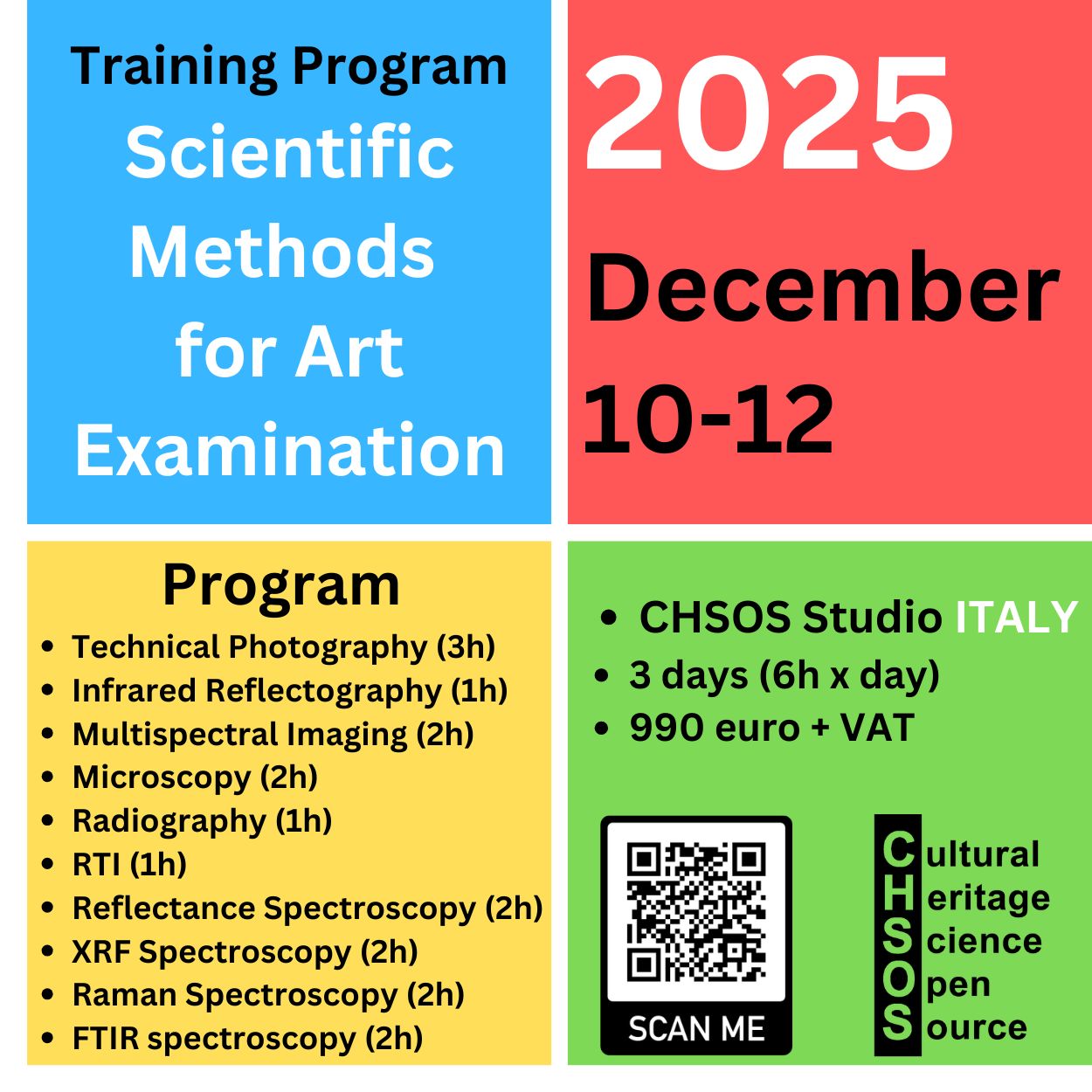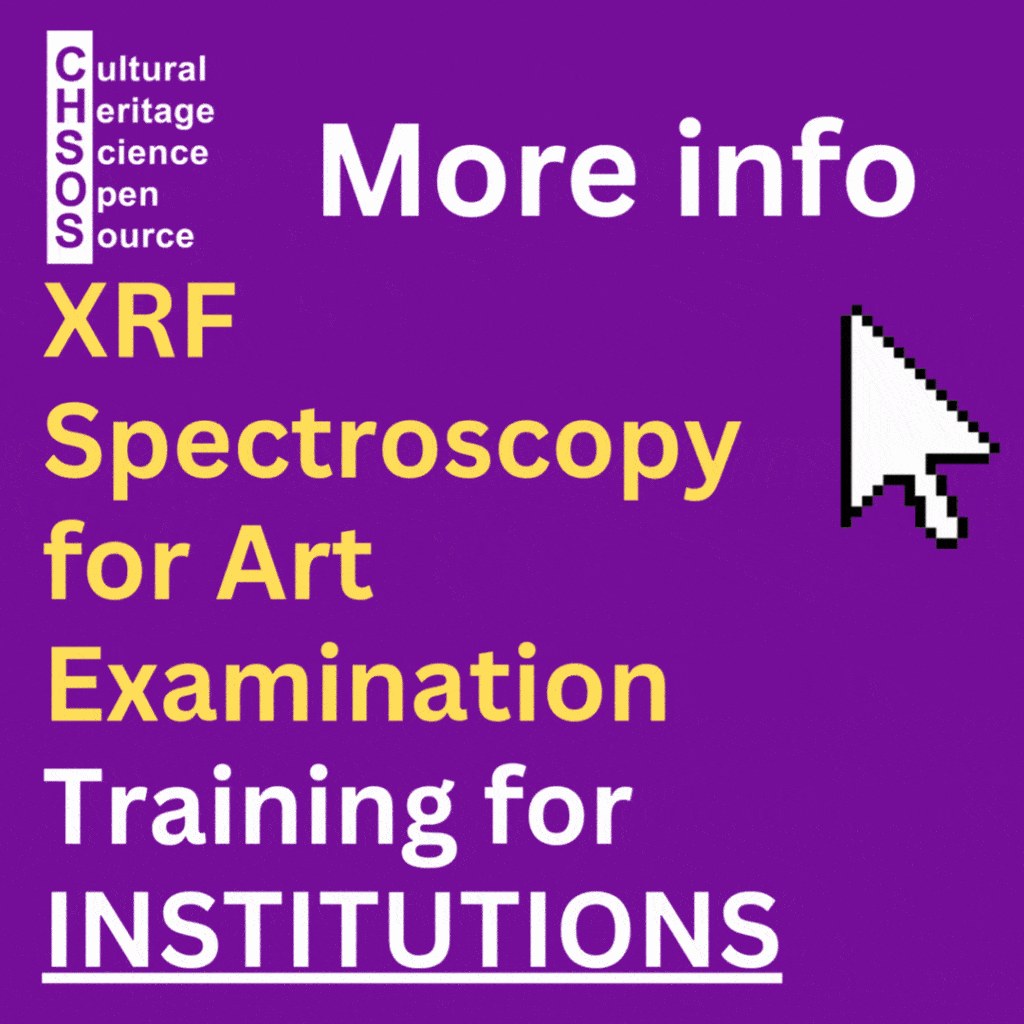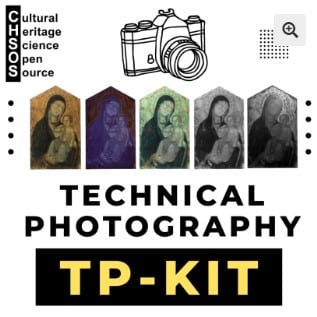Home » Products » Cameras for Technical Photography
Cameras for Technical Photography
We have cameras for Technical Photography (TP) (UV-VIS-IR) plus free color calibration and Spectral Range Test with TP filters set Robertina.
How is the camera modified for UV-IR photography
Let’s see the actual filters taken out of a modified camera!

The clear filter is the Dust Reduction Filter. This filter is shaken with ultrasonic
waves to get rid of dust particles. This filter has an IR-reflective coating and must be removed. It also stops the UV!

Color Calibration
Because of differences in technologies and variations in manufacturing processes, every camera captures colors slightly differently—even two identical models from the same company can produce different results.
While the RAW processing software you use might already include a profile for your camera model, you can achieve even better results by creating a custom profile tailored to the RAW output of your specific camera.
That’s why we color calibrate each full-spectrum camera we deliver. Color accuracy is essential for art documentation, especially when working with paintings where subtle variations matter.
To ensure consistent results, we use the X-Rite ColorChecker Passport and its bundled software. The ColorChecker Passport Classic Target is the industry-standard color reference for creating DNG profiles and evaluating specific colors. [Read more about color calibration for DSLR cameras.]
Each calibrated camera includes a disk with its custom color calibration profile and the results of our UV, VIS, and IR photography tests.


Spectral Range Test
Before we ship each camera, we test it with the Robertina filters set for Technical Photography. The camera shoots a VIS image of Pigments Checker, and we can evaluate how the color profile is performing. Then we shoot a UVR photo where titanium white and zinc white are supposed to appear black, while lead white is bright. Eventually, the test photo for IR shows how smalt has become transparent.

Cameras for Technical Photography: Nikon D800
The 36 MP Nikon camera, the largest number of pixels so far available from Nikon.
Nikon D800 – PDF (2478 downloads )

Do you really need a modified UV-VIS-IR camera?
We made the test. We shot our pigments checker with a Nikon D800 without any modification, such as one camera that you can buy in any shop. Then we shot with our Nikon D800 modified for UV-VIS photography. We kept the same conditions (aperture, shutter speed, UV and IR radiation intensity, distance camera – subject).

We started the test with our Nikon D800 modified. We used an exposure of 1/2 second for both the IR and UV images. Then we tested the standard camera, and we got just dark images. We increased the exposure up to 5 seconds, and the result was the same, just dark images.

Resources
Art Institute of Chicago – Imaging Department
Discover how major museums apply technical imaging to art conservation in this in-depth article from the Art Institute of Chicago. It showcases real examples of multispectral imaging, infrared reflectography, and ultraviolet fluorescence to reveal hidden details in artworks.





